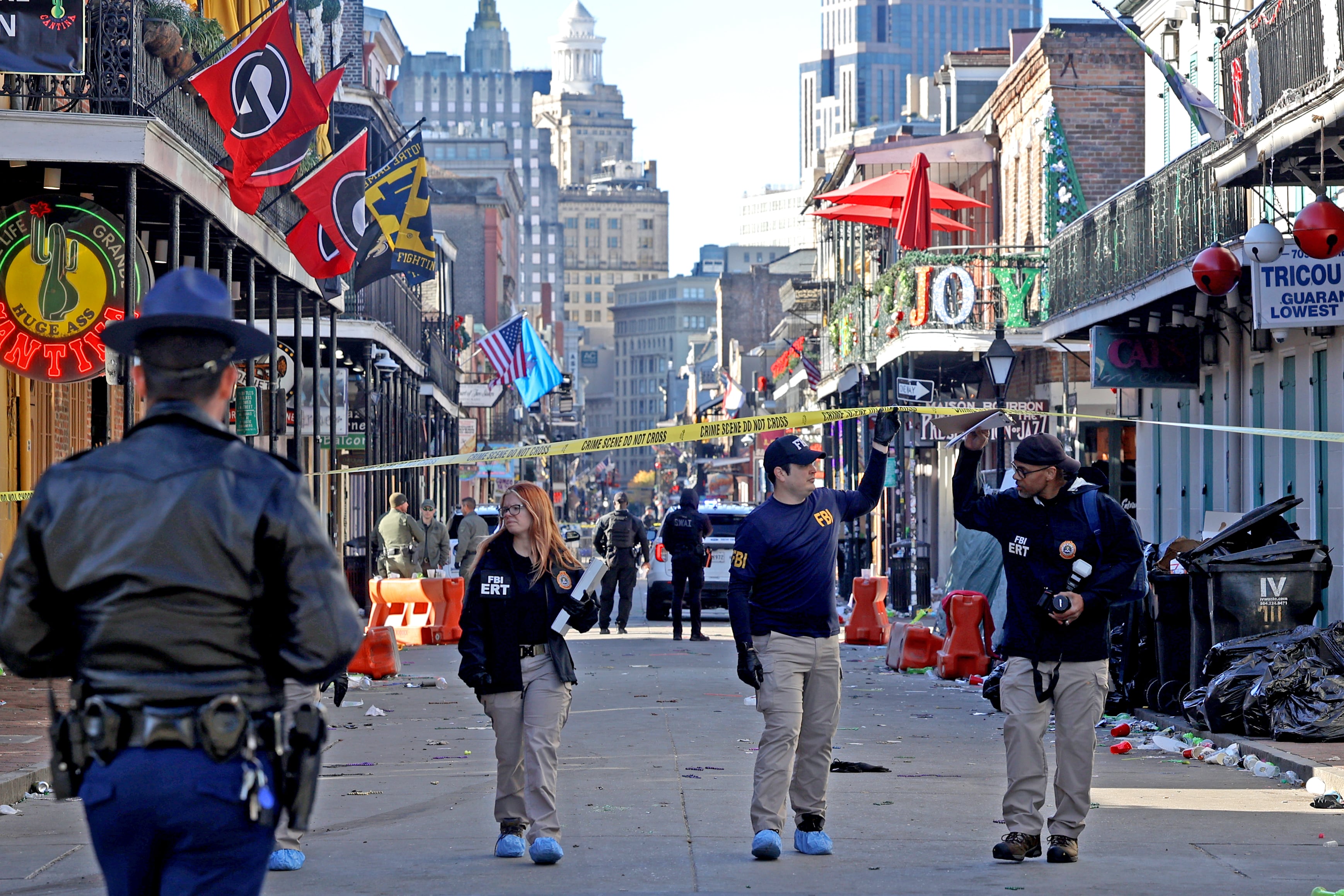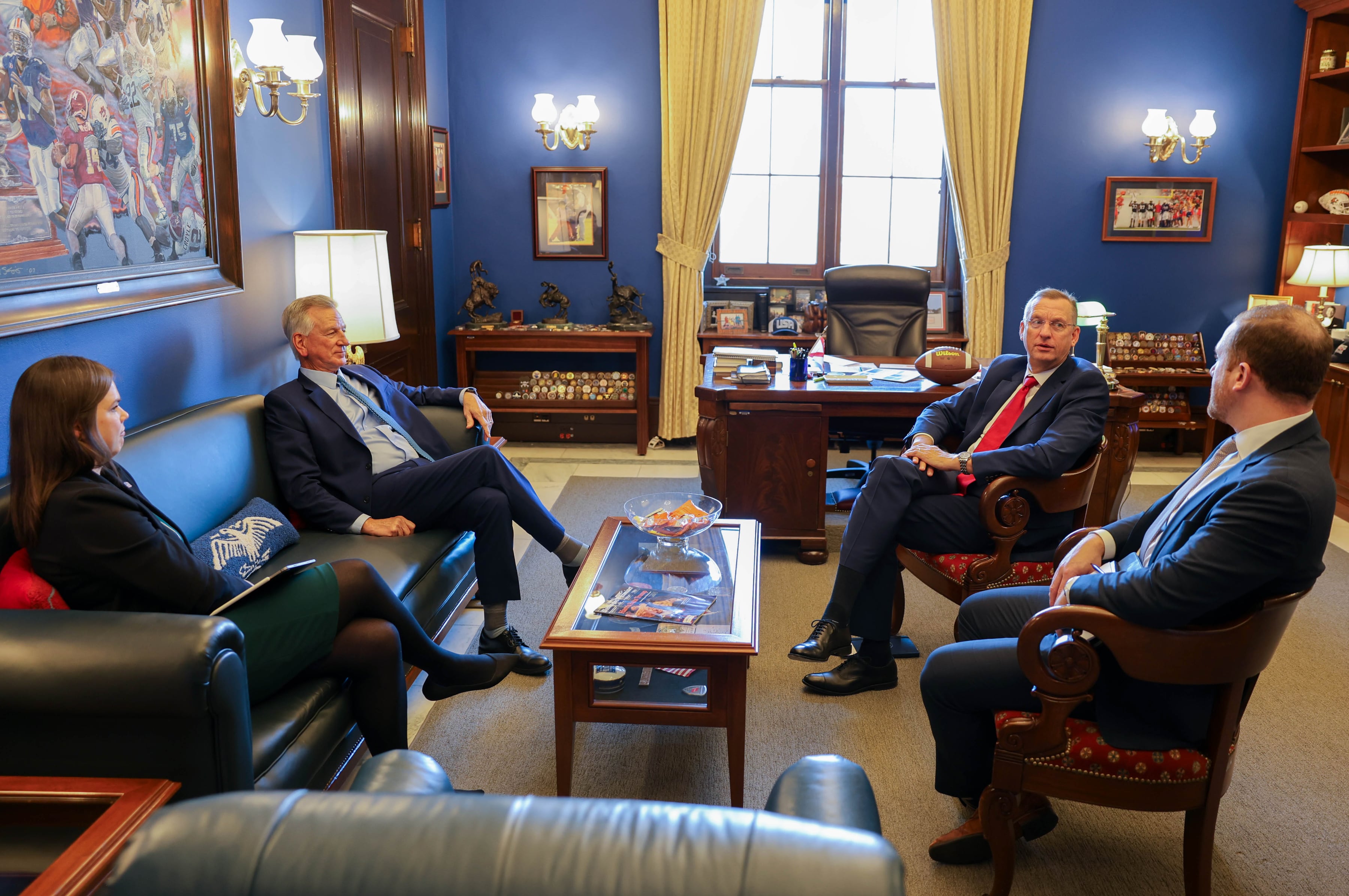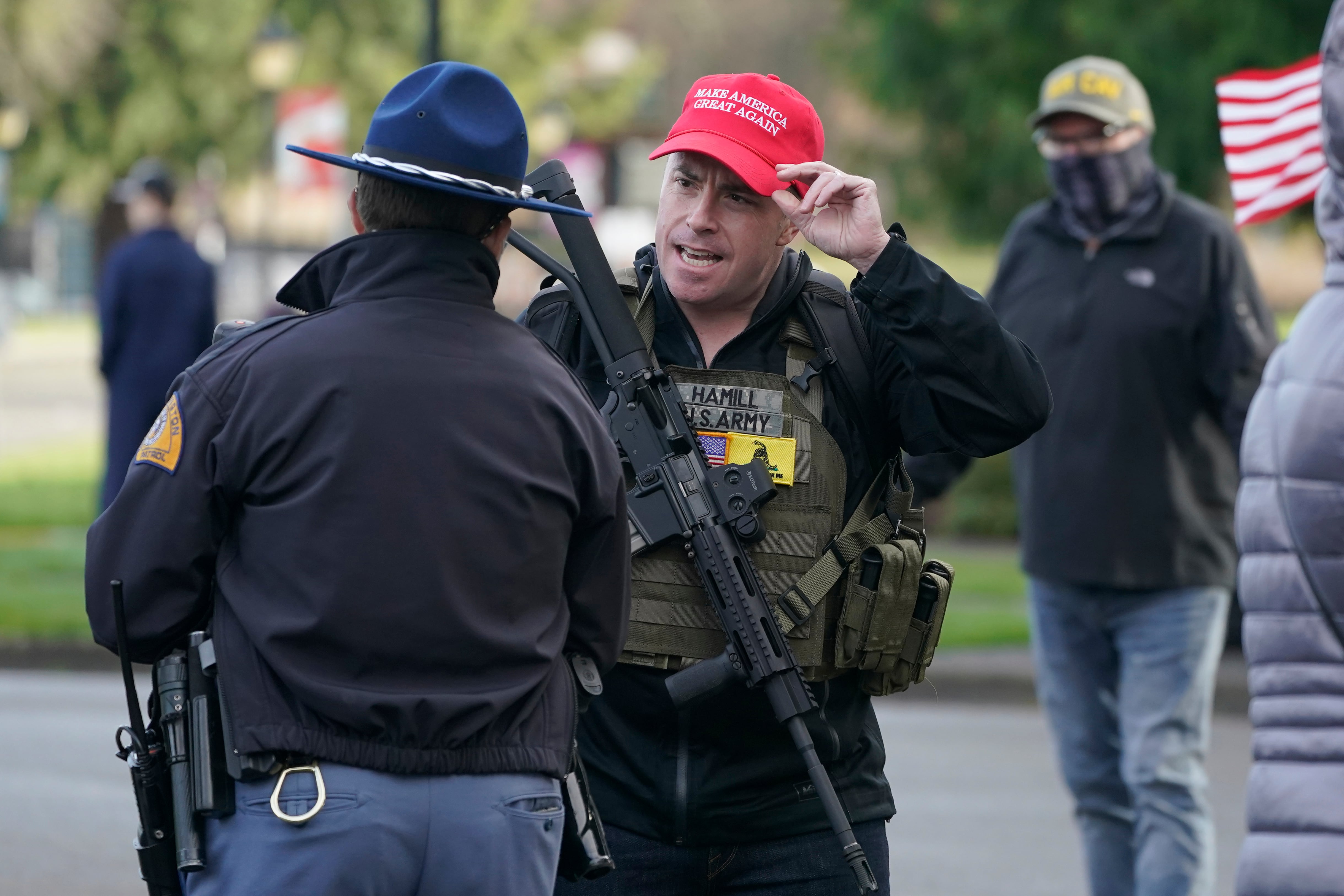The Air Force will send its first 10 enlisted airmen to drone pilot training this October — and by 2020, there could be as many as 100 of them.
In a Wednesday release, the Air Force said the first class of enlisted airmen is expected to graduate from RPA pilot training in 2017, and become the Air Force's first enlisted pilots since World War II. The enlisted RPA pilots will only fly unarmed RQ-4 Global Hawks, which conduct high-altitude reconnaissance missions at up to 60,000 feet.
The Air Force will expand its cadre of enlisted RPA pilots from there — but said it will do so cautiously, and correct course along the way if necessary. The service anticipates 12 enlisted airmen will graduate from RPA pilot training in fiscal 2017, followed by 30 in fiscal 2018, 30 in fiscal 2019, and 28 in fiscal 2020.
"We'll take this important step in a deliberate manner so that we can learn what works and what we'll need to adjust as we integrate our highly capable enlisted force into flying this weapons system," said Air Force Secretary Deborah Lee James in the release. "The intelligence, surveillance and reconnaissance mission continues to grow in importance and our enlisted force will be central to our success."
By 2020, the Air Force hopes to have a little more than half of its 198 RQ-4 pilots be enlisted airmen. And by that point, roughly 70 percent of the 121 airmen flying Global Hawk missions on a day-to-day basis — not performing other duties such as staff positions at the wing — will be enlisted airmen, the Air Force said.
The training announcement represents the next step in a major transformation in how the Air Force approaches piloting aircraft. Until now, enlisted airmen have only been able to serve as sensor operators alongside officers piloting RPAs — unlike the Army, which has allowed some enlisted drone pilots.
The Air Force set up a brand new Air Force specialty code for enlisted RPA pilots — 1U100 — on April 30, Senior Master Sgt. Kimberly Pollard, the Air Force's specialty manager for enlisted RPA pilots and sensor operators said in an interview Wednesday.
Enlisted RPA pilots will also be eligible to receive the same flight pay their officer counterparts receive, said Col. Rob Romer, chief of the Air Force's military force policy division.
The first phase of RPA initial flight training will come at Beale Air Force Base in California, where the enlisted pilot trainees will learn to fly a single-engine, propeller-driven DA-20 Falcon. Pollard said it's important for RPA pilots to learn to fly a manned aircraft before moving to unmanned.
"That's standard for all RPA pilots," Pollard said. "They're going through this so they can understand situational awareness, so they can understand what's going on outside the airplane, so if they turn the airplane one way or another, they can understand what it might do to their body, what it might do to the plane. It's understanding airspace and airspace navigation and talking to the airspace controllers. It's really to give them hands-on experience learning and knowing the plane so they can apply that to remotely piloted aircraft operation."
They will then take courses on RPA instrument qualification and fundamentals, and finally take a course on Global Hawk basic qualifications training. The entire training program takes 34 weeks, not including breaks.
Pollard said the first class of trainees, which will begin this October, will probably graduate around September 2017. The Air Force expects the classes will see an attrition rate of about 15 percent, roughly the same as officers' attrition during RPA training.
After that, they will be rated, instrument-qualified pilots and will be FAA-certified to fly the Global Hawk in national and international airspace. They also will be mission-qualified to conduct high-altitude ISR operations.

To qualify to become an enlisted Global Hawk pilot, airmen must be between the ranks of staff sergeant and senior master sergeant and be a career enlisted aviator.
Photo Credit: Tech. Sgt. Christopher Boitz/Air Force
To qualify to become an enlisted Global Hawk pilot, airmen must be between the ranks of staff sergeant and senior master sergeant and be a career enlisted aviator in AFSCs beginning with either 1AXXX — which includes jobs such as flight engineers, aircraft loadmasters, and airborne cryptologic linguists — or 1U0XX sensor operators. They also must be able to serve for at least six more years after finishing undergraduate RPA training, and must not have previously declined enlisted RPA pilot training.
The annual selection board for flying training will look at candidates' pilot candidate screening model scores, Romer said, which are made up of their tactical aptitude battery screening, their enlisted RPA pilot qualification exam scores or their Air Force Officer Qualifying Test scores, their performance on the job and their flying hours.
Romer said that only time spent behind the stick of manned aircraft will be considered, so aspiring enlisted RPA pilots could benefit from taking flying lessons on their own. However, Romer said a lack of flying hours is not necessarily a deal-breaker.
If the process of rolling enlisted pilots into the RQ-4 community works, the Air Force could — after much study — open up other unarmed RPA pilot jobs, such as flying the MQ-1 Predator or MQ-9 Reaper, to enlisted airmen, Romer said. The Air Force decided to start with RQ-4s because it is a smaller, more stable community that hasn't struggled with the same manning shortfalls as the MQ-1 and MQ-9 communities.
The change could also help provide relief to the Air Force, which has struggled to satisfy the ever-growing demand for intelligence from its combatant commanders.
"Looking at new ways to operate within our RPA enterprise is critical, given that ISR missions continue to be the number one requested capability by our combatant commanders," Gen. David Goldfein, the Air Force's new chief of staff, said in the release. "We expect that will only continue to expand. We know our enlisted airmen are ready to take on this important mission as we determine the right operational balance of officer and enlisted in this ISR enterprise for the future."
The deadline for applying for the next flying training selection board is Nov. 18. That board, which will convene from Jan. 23 to 26, 2017, will fill training seats in 2017 and 2018. The Air Force had 20 enlisted airmen apply to be the first RPA pilot trainees.
The Air Force Personnel Center is likely to post information detailing the application process on the myPers site within the next few days, Romer said.
And Pollard said applicants will need to have permission from their chain of command, such as their career field managers, so certain jobs aren't tapped too deeply to fill enlisted pilot slots.
But the change presents a great opportunity for enlisted airmen, Pollard said, and many are eagerly anticipating their chance.
"Air Force non-commissioned officers come from a culture that is technically ready to accomplish their mission," Pollard said. "It is bred into us. Our airmen are very excited to excel in this mission. Airmen want to sign up right away."
Stephen Losey covers personnel, promotions, and the Air Force Academy for Air Force Times. He can be reached at slosey@airforcetimes.com.
Stephen Losey is the air warfare reporter for Defense News. He previously covered leadership and personnel issues at Air Force Times, and the Pentagon, special operations and air warfare at Military.com. He has traveled to the Middle East to cover U.S. Air Force operations.





